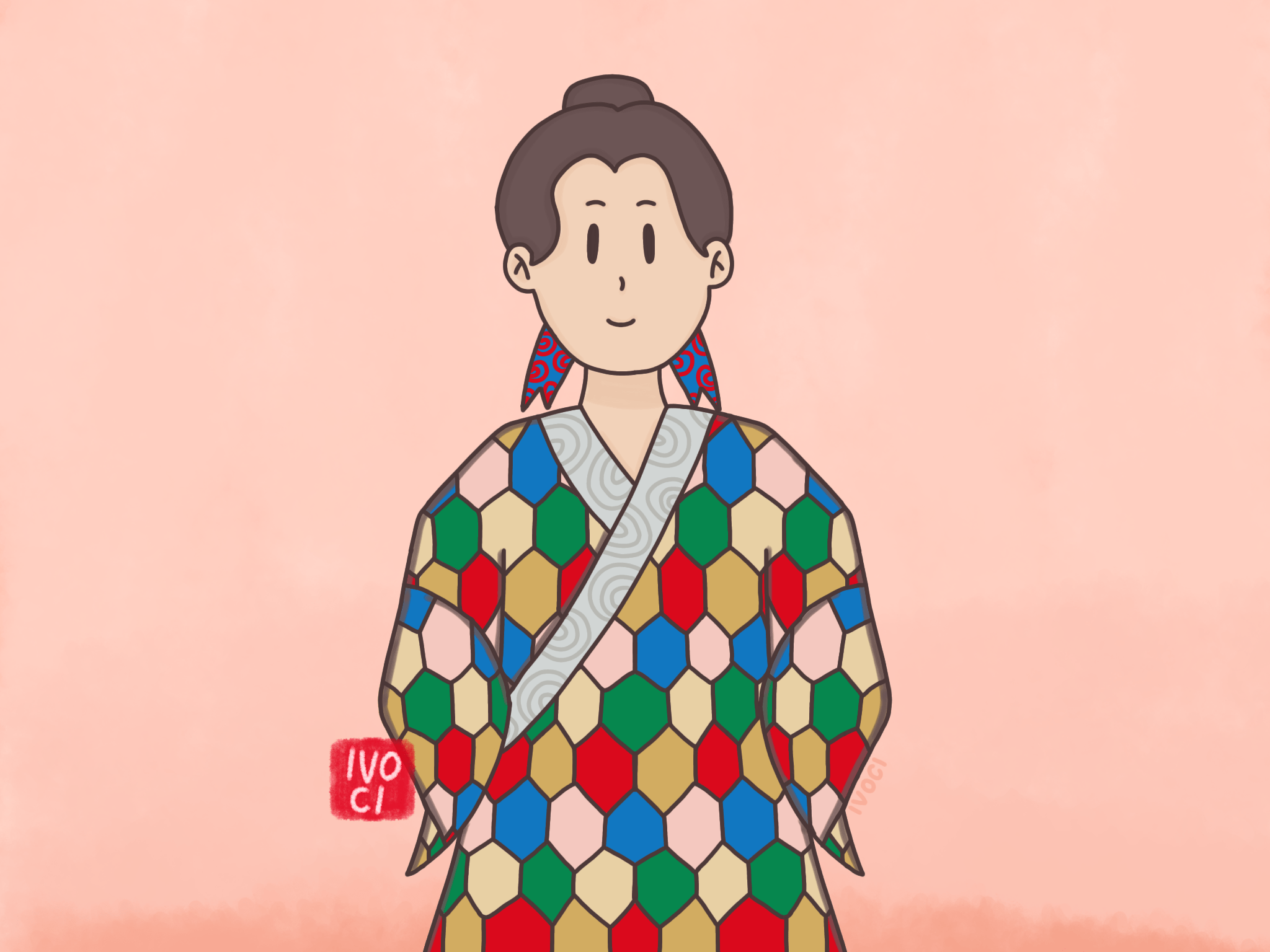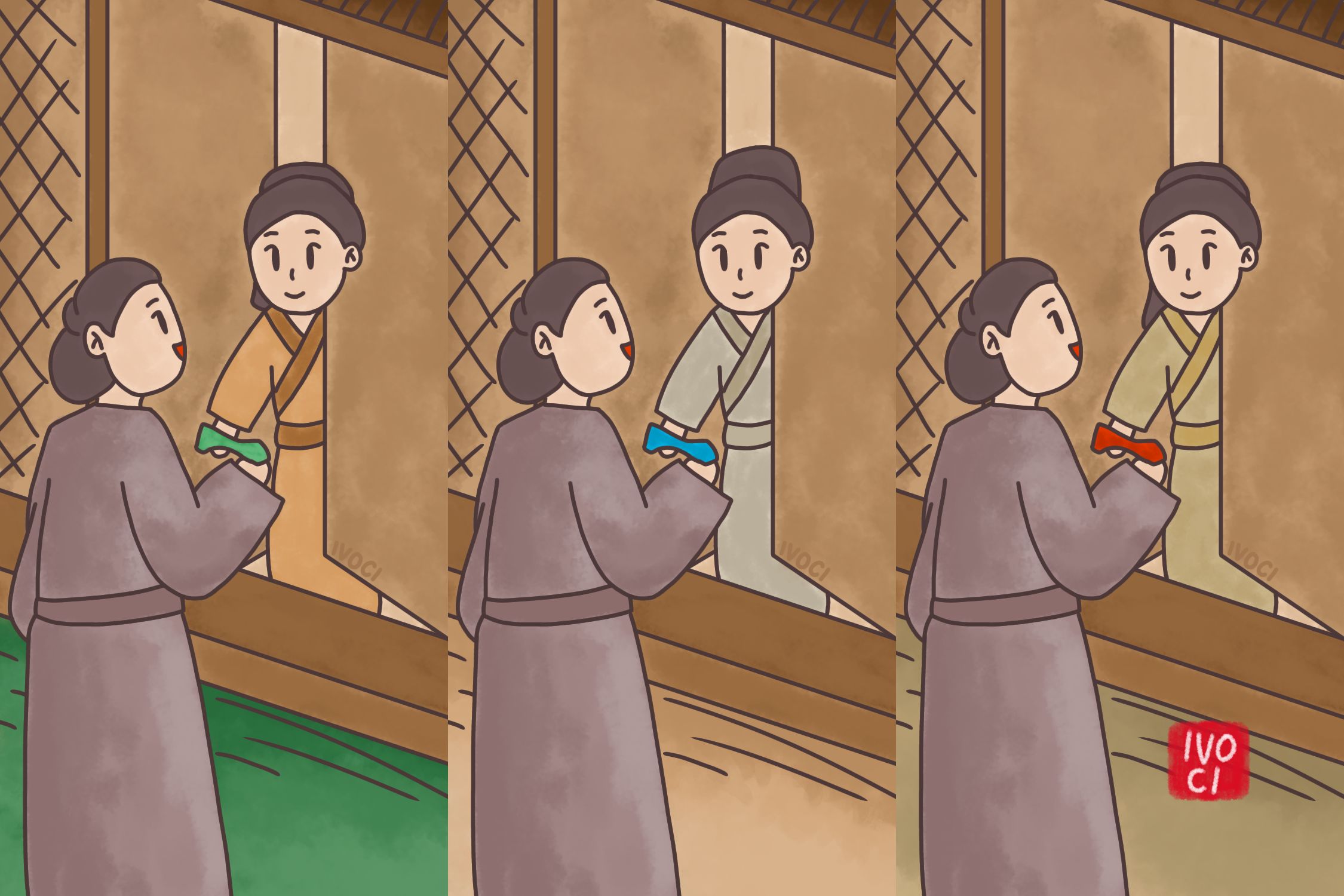Baijiayi (Chinese: 百家衣 ; pinyin: bǎi jiā yī), also known as baijiapao (Chinese: 百家袍 ; pinyin: bǎi jiā páo) and sometimes referred to as “Hundred Families Robe” is a kind of Chinese patchwork jacket that young children usually wear.
Wearing baijiayi is a Han Chinese tradition that has been passed down and practiced for centuries.
In the past, when people raised babies, they had to ask for cloth from neighbors, relatives, and friends, and sew them into “Baijiayi / Hundred Families Robe” for their children to wear.
The style and shape of the baijiayi stitch vary from place to place.
Chinese children’s clothing can be described as typical folk clothing.
Its source is a kind of folk custom, that is, parents expect their children to grow up healthy and have everyone’s blessing.
The work of children’s baijiayi is quite complicated because pieces of cloth with different colors, materials, and shapes need to be folded and sewn, and finally made into colorful clothes.
The whole outfit has bright colors and a simple style, which makes people feel warm.
In addition to clothes, baijiayi can also be in the form of long jackets, short jackets, and vests.
Wearing baijiayi is very popular in Shaanxi, Shanxi, Gansu, Henan, Hebei, Shandong, and other places in northern China, and there are also some areas in southern China.
History
Origin
People started making this Chinese patchwork during the Liu Song era of the Southern dynasty.
The first emperor of the Liu Song dynasty, whose name was Liu Yu, was born into a poor family. His mother collects cloth from the neighborhood to be patched.
When he became emperor, he considered this kind of patchwork as a symbol of his poor childhood. So that all the babies in the Liu family had to wear a patchwork so the descendants could know how lucky they were.
After that, the citizens followed this royal custom to make baijiayi for their babies.
Parenting habits
Baijiayi is a kind of baby clothes, made from pieces of cloth donated by 100 families, hence the name baijiayi or hundred families robe.
Every time a baby is born, especially after several generations, the child’s cry breaks the silence of the family, and the whole family is very shocked. At this time, the child’s grandmother and grandfather would report the good news to neighbors, and ask for pieces of cloth from hundreds of relatives and close friends.
Especially with the surnames “Liu 刘”, “Chen 陈” and “Cheng 程” because of the homophones of “Liu 留” which means stay, and “Cheng 成” which means to make or success.
In the eyes of parents, this homophone is a lucky word and plays an important role in blessing the growth of children.
Therefore, a small piece of cloth or an old piece of cloth from these people will be highly appreciated by parents.
Cultural significance and symbolism
The size and color of the piece of fabric are generally not very particular, but blue is best. Because blue, which in Chinese is “lan 蓝” sounds like “lan 拦” which can be interpreted as intercept. Because it is believed that as long as there is a blue cloth, the monster will not be able to take the child away.
This is because in the past, due to lagging in health care and education, infant mortality was relatively high.
However, people believe that infant deaths are caused by ghosts.
The strips of cloth on the baijiayi symbolize the combined power of the cloth givers and are believed to protect their children from or ward off evil spirits and ghosts.
Baijiayi usually cannot be removed until the child reaches one year of age.
People also believe that babies who wear baijiayi can live a long life.
More explanation
Some areas believe that a child who wears a baijiayi has a poor and low life family, and if he wears a baijiayi he will not get sick.



Leave a Reply